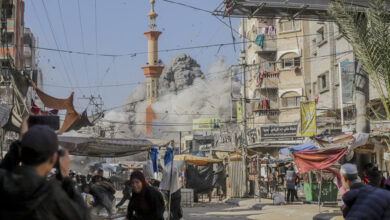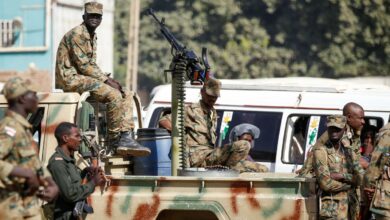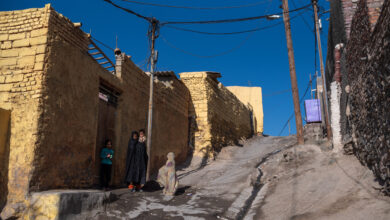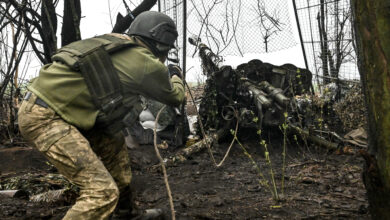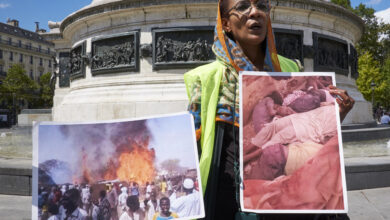UN investigates possible war crimes in Yemen conflict
Investigation highlights recruitment of child soldiers, deadly airstrikes and rampant sexual violence
All sides in Yemen’s bloody conflict may have committed war crimes, United Nations investigators said Tuesday, highlighting deadly air strikes, rampant sexual violence, and the recruitment of young children as soldiers.
In their first report released Tuesday, August 28, a team of U.N.-mandated investigators said they had “reasonable grounds to believe that the parties to the armed conflict in Yemen have committed a substantial number of violations of international humanitarian law.”
Many of these violations may amount to “war crimes” the 41-page report said, adding that the investigators had identified a number of alleged perpetrators.
The devastating conflict in Yemen has left nearly 10,000 people dead since March 2015, when a Saudi-led coalition intervened to fight Houthi rebels closing in on the last bastion of President Abedrabbo Mansour Hadi’s government.
The conflict in what was already one of the world’s poorest countries has caused what the U.N. has described as the world’s worst humanitarian crisis.
The U.N.’s so-called Group of Independent Eminent International and Regional Experts, which was created by the U.N. Human Rights Council last September, detailed a long line of abuses committed by all parties to the conflict.
“There is little evidence of any attempt by parties to the conflict to minimise civilian casualties,” the group’s chairman Kamel Jendoubi said in a statement.
“From March 2015 to June 2018, there were at least 16,706 civilian casualties, with 6,475 killed and 10,231 injured in the conflict; however, the real figure is likely to be significantly higher,” the report said.
The report concluded that “coalition air strikes have caused most of the documented civilian casualties,” pointing to a large number of strikes on residential areas, markets, funerals, weddings, detention facilities, civilian boats and medical facilities.
“The specific cases investigated by the Group of Experts raise serious concerns about the targeting process applied by the coalition,” the report said, pointing out that in many cases there were no apparent military targets in the vicinity of the attacks.
The investigators visited the capital Sana’a as well as the vital port city of Hodeidah and other areas, but “faced significant security, logistical and administrative constraints in arranging some of the planned visits,” the report said. They were unable to visit all the unaffected governorates, notably Taizz.
In addition, the investigators said they considered submissions and other documentation and reviewed photographs, videos and satellite images.
Child soldiers
The report covers the period from September 2014 through June 2018, and does not address the latest series of deadly strikes that have killed dozens of children in rebel-held areas and sparked international outrage.
The coalition has not confirmed or denied it carried out two air raids last Thursday that the U.N. said killed at least 26 children and four women south of the flashpoint rebel-held city of Hodeidah.
Those deaths came after a coalition attack on a bus in the northern rebel stronghold of Saada early this month killed 40 children, prompting U.N. Secretary-General Antonio Guterres to call for an independent investigation of attacks targeting civilians in the three-year war.
Children have not only died in airstrikes in Yemen.
The experts said they had “received substantial information indicating that the Government of Yemen, the coalition-backed forces and the Houthi-Saleh forces have all conscripted or enlisted children into armed forces or groups and used them to participate actively in hostilities.”
“In most cases, the children were between 11 and 17 years old, but there have been consistent reports of the recruitment or use of children as young as eight years old,” they added.
With reporting from AFP



